Do you ever start a fresh planner in January but by February it is already collecting dust? Not to worry, we have all been there. This blog will show you how to set up a basic planner so that you stick to it and maybe even become addicted to it…
Start Simply
The first and most important tip I have for you when it comes to setting up your planner is to keep it easy. If you over complicate things it will only become confusing and another job you have to do. You are busy enough and your planner is here to help! So make sure to keep it simple, easy to follow and that way you will become a planner addict like me!
Prepare yourself
Before you even start setting up your planner get everything you will need together. If you have an Erin Condren Planner it should be easy to set up (it already has a calendar!). If however you are looking to use a binder, you will need to research which print-outs you will need to fill your planner.
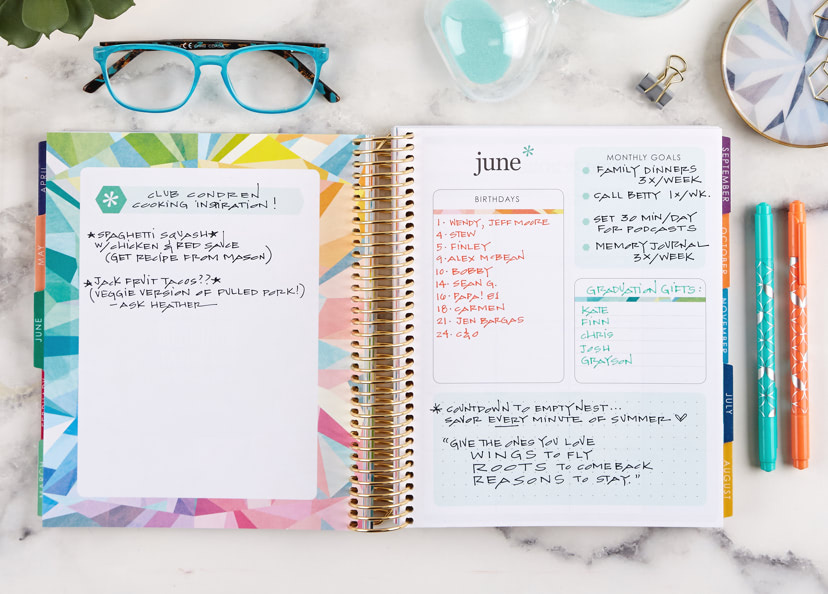
Some useful tools to help you set up your planner:
- A nice pen (or pens). Fine tipped pens always work well and a few of your favourite colours to give your page some colour.
- Printable pages if you are starting from scratch.
- Stickers! Spend some time finding some nice stickers that you can use to mark recurring tasks or to mark things that you want to stand out. Maybe an event like your birthday!
- Highlighters!! I am obsessed with highlighters (well all stationary to be honest). I have some new pastel coloured ones that work well for me. You can find them here.
- If you are putting together your own folder you might need a hole punch for pages.
- Fun tape to create sections or add a border to a page is always handy.
Create your own system
As I mentioned above it is important that your system is easy. It is also important that you pick it according to how to work and what you use the most. The first step t0 creating your own system is to decided what to track and where to track it within your planner. Make a list of everything you would like to track and then group them together if that makes sense for you. You might want to track a lot of things or you might only have a few. However it works for you this is an important step. Here are some ideas of things you may wish to track:
- Events, appointments, birthdays, vacations, work schedule, family schedule. This could come under schedules/calendar.
- Bills, online orders, saving tracker, income budgets, shopping lists, debt trackers. This could come under finance.
- Family chores, schedules, shopping lists, holidays. This could come under home and family.
- Goals. You could have a section for your short and long term goals.
- Meal plans, exercise trackers, fitness goals, fitness plans. This could be in a health and fitness section.
- Wellbeing tracker, brain dump, affirmations, period tracker. This could be in your personal tracker.
- You could keep a section for work and business (to-do lists etc).
These are just some ideas of sections you could have within your planner. It is up to you which ones you include. If you have any sections that you use and could not live without please let us know in the comments below.
Put the sections you use the most in the front of your planner and then the ones you will only use occasionally at the back. Set it up for a way that will work for you.
Here is a sample of one that would work for me –
- My monthly calendar first with important events, birthdays etc.
- My weekly/daily calendar where I can put day to day things in.
- My lists. I always keep to-do lists and go through and combine them.
- Next I have a section for notes.
- Finally I have my finance trackers and goals.
This is what works for me but you could be different. Make sure to play around with the layout and test what would work for you.
Another way to ‘section’ your planner could be to have multiple notebooks. I do this some years when I need to have books in different places. I have one book for anything to do with my business, one journal that I fill with affirmations and one planner (I am currently using a bullet journal). I carry my planner around with me. My journal stays in my office and my business notebooks comes to meetings, trips away and is always in my office.
This helps me put different hats on. When I am using my business book it is work time. When I am using my journal, it is me time. When I use my planner it is both.
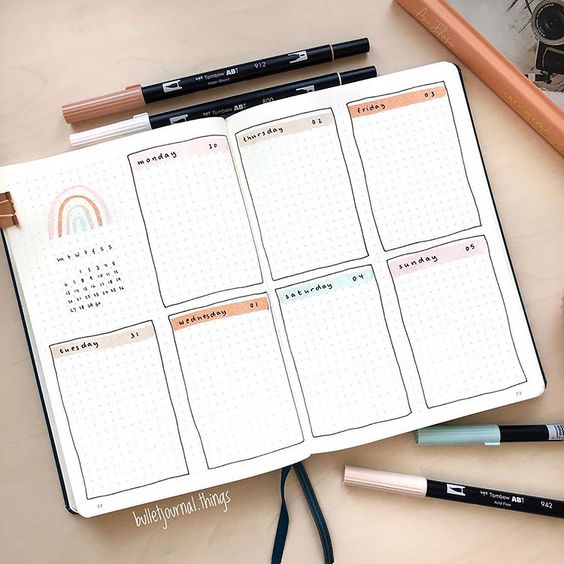
Think about where you will keep your planner.
Once you have your planner set up make sure to think about where you will keep it so that you use it. As mentioned above I carry mine around with me, if something pops up throughout my day I add it in. You however might want to keep yours in one place. This is an important step into making sure you continue to use your planner.
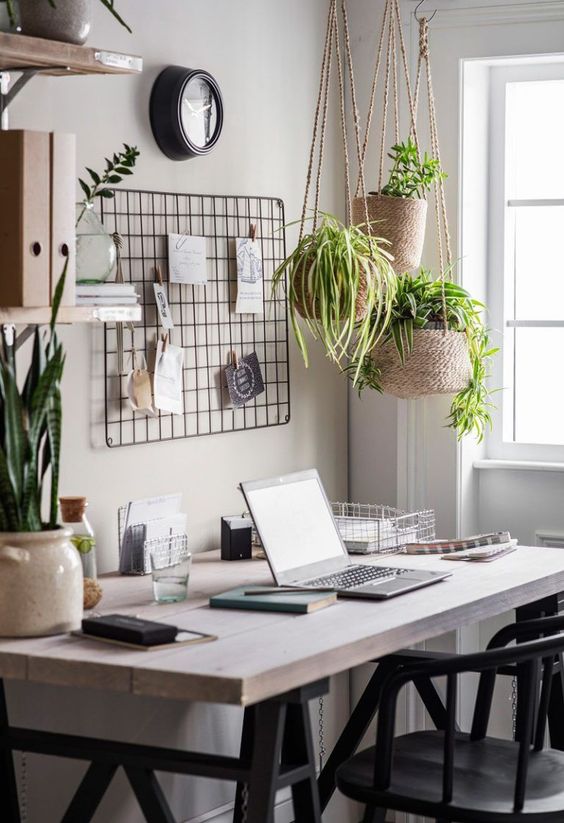
How will you put information in?
You could put information straight into your planner or you could write a note in a notebook and add it when you return home. Make sure to keep your monthly calendar really simple. Just writing in events like birthdays, parties and not using very many words. You can go into more detail in your weekly plan.
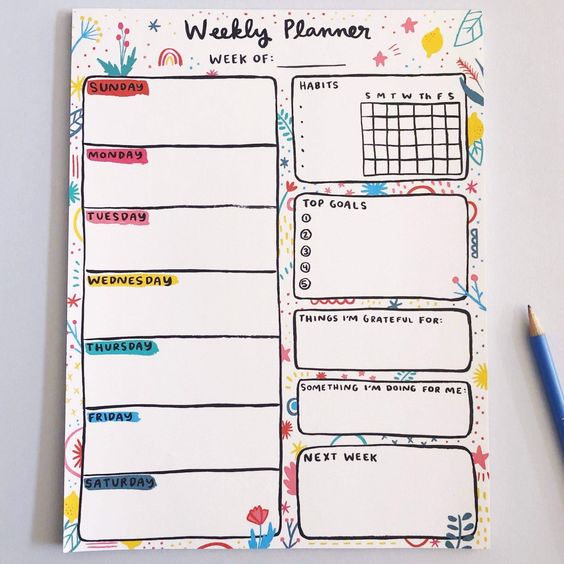
Start a routine.
Creating a habit will ensure you keep up your planner this year. Check your planner whenever suits you but do it everyday. Do not make it a chore, it is something that can really benefit you so treat it like a mindful moment. Personally I do a big review of all my planners on a Monday morning. I love starting the week organised and with a sense of purpose.
Enjoy setting up your planner and please do let us know how it goes in the comments below.
Thank you for reading this blog we hope you found it helpful – The Planning Addict.
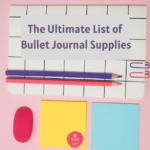

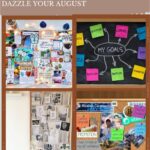
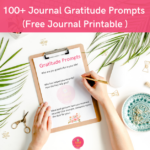



Leave a Reply